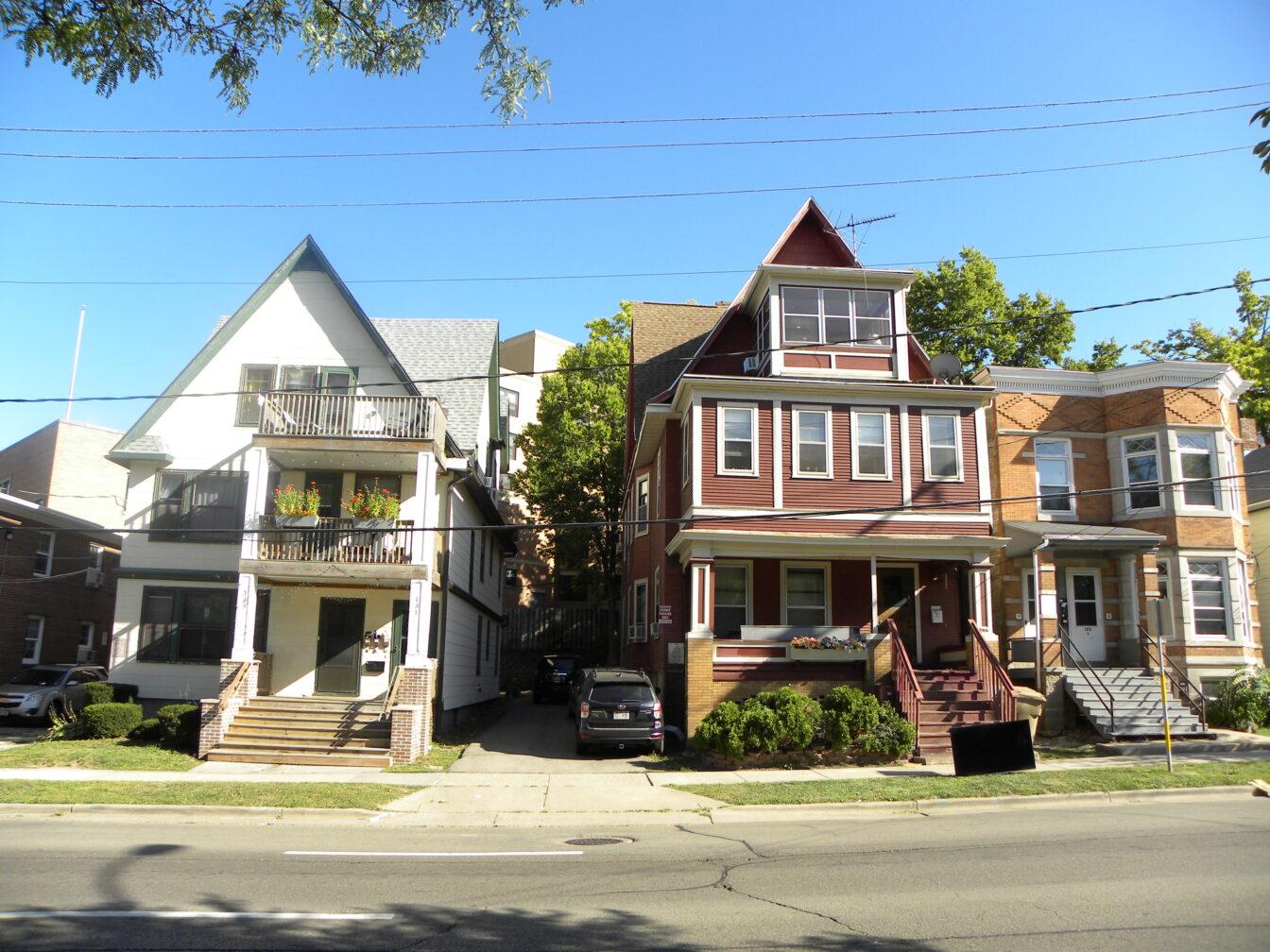The City of Madison approved an update to their zoning guidelines which will allow property owners to construct accessory dwelling units alongside a building with up to eight units, according an April 17 press release.
The previous guidelines only allowed owners to construct accessory dwelling units on single-family homes, City of Madison Zoning Administrator Katie Bannon said. The idea was raised with the intent to expand the number of accessory dwelling units throughout the city, Bannon said.
“Since 2012 about 32 [accessory dwelling units] have been built or are currently under construction within the city,” Bannon said. “The idea was expanding this to … see more property owners take advantage of the opportunity to add one more dwelling unit.”
Accessory dwelling units allow homeowners to make money off of their unused property and the units can contribute to a smaller carbon footprint since they require fewer resources to build and maintain, according to AARP.
The units have a maximum size of 900 square feet and up to five unrelated people can live in one unit — making them a viable option for college students, Bannon said.
The new zoning guidelines will also eliminate the requirement that the building owner must occupy the property, Bannon said. Previously, residents could not leave the property while also renting out an accessory dwelling unit, she said.
“An example could be in some of the near campus neighborhoods where you have a professor living alongside an accessory dwelling unit,” Bannon said. “That professor couldn’t leave for sabbatical at any time and still rent out the accessory dwelling.”
More property owners may build accessory dwelling units in the future if the owners take advantage of constructing detached units, Bannon said. These units do not have to meet commercial building codes — like adding fire sprinklers — which can significantly increase the cost of construction of a unit, she said.
The City of Madison hopes property owners will take advantage of the increased opportunity to build any type of accessory dwelling unit, Bannon said.
“They [accessory dwelling units] can be attached to the existing building or detached, but, either way, it’s another way to add a little bit of density with an existing neighborhood,” Bannon said.



